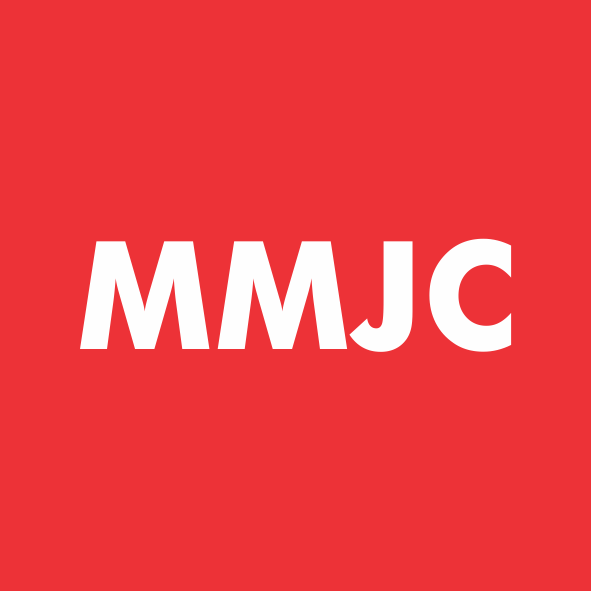- Home
- Knowledge Hub
- Strengthening SME IPO Standards: Implications of SEBI’s Approved Proposals on December 18, 2024

Strengthening SME IPO Standards: Implications of SEBI’s Approved Proposals on December 18, 2024 - MMJC
Introduction
There is a significant growth in the number of Small and Medium Enterprises (SMEs) going for IPO from 179 in 2023 to 243 in the year of 2024[1]. Securities and Exchange Board of India (‘SEBI’) had proposed stringent norms for SME segment vide its consultation paper dt: November 19, 2024[2]. In the board meeting held on December 18, 2024, SEBI approved various proposals which were floated in the consultation paper dated November 19, 2024[3]. Below is a brief snapshot of some of the proposals approved by SEBI.
Proposals Approved by the SEBI:
| No. | Key Requirement/Rule | Details | Rationale |
| 1 | Operational Profit Requirement | SMEs must have a minimum operational profit of ₹1 crore in at least two of the last three financial years to qualify for an IPO. | This will ensure the company has a minimum profitability level, which demonstrates financial viability |
| 2 | Cap on Offer for Sale (OFS) | The OFS component in SME IPOs is capped at 20% of the total issue size. | The SME Exchange was created to support SME growth through capital formation, but recent trends show a misuse of its purpose. In FY 2023-24, there were two SME IPOs with 100% Offer for Sale (OFS), and one such IPO in FY 2024-25 (till Oct 2024). Out of 52 SME IPOs during this period that included OFS, 30 had OFS portions exceeding 20% of the issue size. This indicates promoters are using SME IPOs to dilute stakes rather than raise fresh capital. To address this, restrictions on OFS size and thresholds for selling shareholders should be implemented. |
| 3 | Lock-in Period for Promoters | Promoters’ shares exceeding the required minimum contribution are subject to a lock-in period: – One year: For 50% of the excess shares. – Two years: For the remaining 50% of the excess shares. | Promoter holdings in SME companies often drop significantly after the one-year lock-in period, except for the mandatory 20% Minimum Promoter Contribution (MPC) that remains locked for a longer time. To ensure the company’s stability and long-term growth, it’s important for promoters to retain a meaningful stake while the company is listed on the SME Exchange. Since SME companies rely heavily on their promoters, there’s no need to align their lock-in rules with those of the Main Board. |
| 4 | Fairer Allocation for Non-Institutional Investors (NIIs) | Share allocation for NIIs in SME IPOs will follow the same draw-of-lots process as for main board IPOs. | The proposed change will bring the allocation method for Non-Institutional Investors (NII) in SME IPOs in line with that used in main board IPOs. The proportionate allotment system often leads to excessive borrowing, inflated demand, and, at times, mispricing of IPOs. A recent SEBI study highlights that after this change was implemented for main board IPOs, the number of large NII investors (those applying for over ₹1 crore) dropped significantly—from 626 per IPO (April 2021-March 2022) to just 20 per IPO (April 2022-December 2023). Their overall representation in the NII category also declined from 98% to 8%. This shows that the previous system encouraged artificial hype among investors aiming for larger allocations, ultimately distorting the IPO process. |
| 5 | Limit on General Corporate Purpose (GCP) Funds | GCP funds are capped at 15% of the total issue size or ₹10 crore, whichever is lower. | Since there is no specific monitoring of GCP and therefore, any expenses can be classified as general corporate purpose, it increases the risk of misuse of issue proceeds the limit on GCP will ensure that the funds are allocated to clear, specific business objectives, improving accountability. |
| 6 | No Promoter Loan Repayments from IPO Proceeds | IPO funds cannot be used to repay loans taken by promoters or related parties. | The purpose of setting up of SME Exchange was to make finance available to needy small and medium enterprises for growth. Repayment of loan, especially from Promoters or related parties, from issue proceeds does not serve the said purpose. Hence, repayment of promoter loan should not be one of the objects of the issue. |
| 7 | Public Review of Draft Red Herring Prospectus (DRHP) | DRHP will be available for 21 days for public feedback. Stock exchanges will promote access via QR codes in newspapers. | Public will get information regarding filing of DRHP by the issuer company and can provide their comments, if any, in respect to the company. Presently, it is noted that investor references / complaints are mostly received at the time of issue opening and not at the time of dissemination of draft offer document. |
| 8 | Fundraising Flexibility After Listing | SMEs listed on SME platforms can raise additional funds without moving to the main board, provided they adhere to main board compliance standards. | This change will allow companies to raise funds by staying on SME platform and prevent companies from using the SME platform as a shortcut to getting listed on the main board of the exchange. Currently, some companies increase their paid-up capital shortly after listing on the SME platform to exceed ₹25 crores while staying under the lighter regulations of the SME platform. Without this change, such companies would otherwise need to comply with stricter corporate governance and disclosure requirements under the LODR regulations applicable to main board-listed entities |
| 9 | Related Party Transactions (RPT) Rules | RPT rules for main board-listed companies now apply to SME-listed companies. – Transactions exceeding 10% of annual turnover or ₹50 crore are treated as material. | The approval and disclosure requirements for Related Party Transactions (RPTs) under the LODR Regulations are stricter than those under the Companies Act, 2013. Additionally, certain transactions, such as those between a listed entity (or its subsidiaries) and another entity that primarily benefit a related party, are not currently considered RPTs for SME-listed entities. Applying the stricter RPT norms from the LODR Regulations to SME-listed entities would help reduce the risk of funds being misused through related parties. |
Conclusion
These measures represent SEBI’s commitment to fostering a robust and trustworthy IPO ecosystem. By safeguarding investor interests, promoting better governance, and setting higher standards for companies entering the public markets, SEBI is paving the way for sustainable growth and long-term stability in the SME segment. These reforms will not only attract more investors but also enhance the credibility of India’s capital markets globally.
These norms are yet to be notified by SEBI.
[1]https://www.ipoplatform.com/blogs/2024-review-record-breaking-year-for-ipos-in-india-and-future-outlook-for-2025/151#:~:text=Fund%20Raise%20via%20SME%20Platforms,Limited%20(Rs%20189.50%20crores).
[2] https://www.sebi.gov.in/reports-and-statistics/reports/nov-2024/consultation-paper-on-review-of-sme-segment-framework-under-sebi-icdr-regulations-2018-and-applicability-of-corporate-governance-provisions-under-sebi-lodr-regulations-2015-on-sme-companies-to-_88627.html
[3] https://www.sebi.gov.in/sebiweb/about/AboutAction.do?doBoardMeeting=yes
This article has been published on Taxmann. The link for the same
